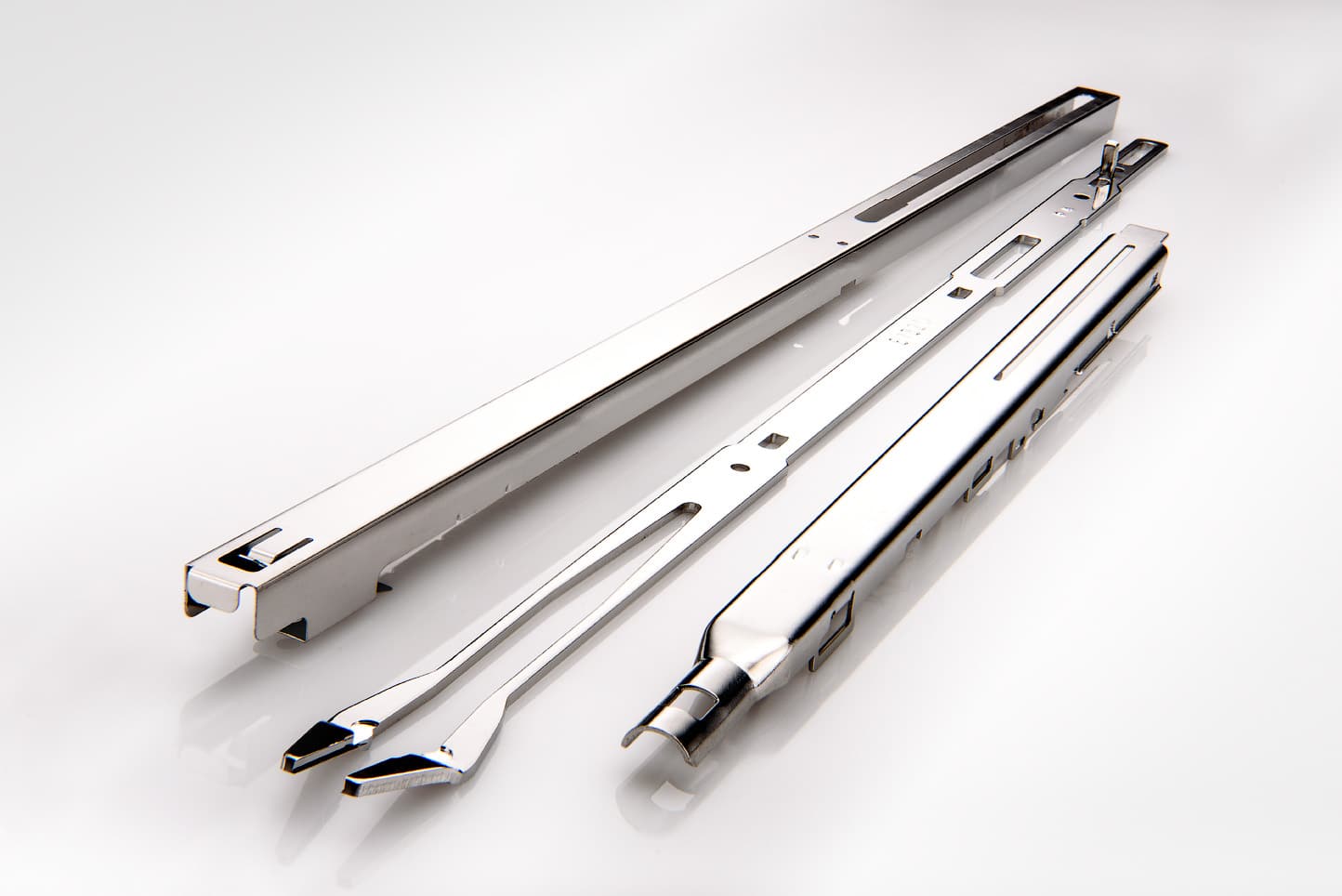Removing Laser Slag from Medical Device Tubes
New England ElectropolishingCleaning, deburring, and passivating tubes can present numerous challenges.
Tight tolerances add complexity. One such challenge that came through our facility was quite interesting as it involved removing slag and discoloration, due to laser cutting, from the design features of the tube.
Tube dimensions
Length: 12″
Inner diameter (ID): .20″
Design features: Cutouts
Challenge
The customer had been pickling the parts in-house in an attempt to remove the laser slag from the tube tips and the middle cutout. However, issues with the chemistry of the cleaning solution and trying to control the finish were proving troublesome.
The customer outsourced the cleaning process to a plating company but continued to see inconsistent results.
The customer and the plater had used a well-known cleaner for slag removal. The problem with this cleaner, however, is that it’s very aggressive. Because it reacts fast, it needs to be monitored and controlled fairly regularly.
In other words, you can’t throw parts into a tank and walk away.
Due to the inconsistent results, the customer turned to New England Electropolishing (NEE) for help with cleaning. NEE also recommended electropolishing to provide deburring of the cutouts and to meet the customer’s passivation specification for ASTM A967.
Due to the NDA, we can’t show photos of the parts. (We asked.) So picture unsightly discoloration and rough edges on the tubes. Due to the slag, you couldn’t see the small round cutouts at the end of each tube.
Solution
To remove the slag, NEE used its proprietary two-step cleaning process followed by electropolishing (EP) to debur the parts and leave a smooth finish.
As part of the process, we had to ensure the EP racks and clips we used didn’t leave marks or damage the design features of the part.
To meet the customer’s request for a non-shiny finish, and the passivation spec, NEE used its proprietary ElectroMatte finishing process.
This process eliminates the reflectivity or chrome-like finish associated with electropolishing. And because ElectroMatte finishing also passivates, we met Passivation Standard ASTM A967 without adding an additional processing step.
NEE removed discoloration and slag, and deburred the tube ends and the cutouts without affecting the parts’ tight tolerances.
Results
Due to our multiple EP tank lines, New England Electropolishing easily processes 2,000 parts such as this tube in approximately one business day.
With the added cleaning step, total turnaround time for this project was two days.
We’re now processing this part monthly as part of the customer’s ongoing manufacturing process.
If you have an interesting metal finishing challenge and would like to discuss it, call us.


Electropolishing removes micro burrs from radial edges and precision ground surfaces.
As you can see in both photos, electropolishing gives parts a clean, chrome-like finish while also offering the following benefits:
- Higher throughput – The process eliminates time-consuming manual deburring as multiple parts can be processed in a single run.
- Precise finishing – A precisely timed process means parts meet specifications without having to “oversize” them before deburring.
- Reduced error – Because electropolishing is a chemical process, it eliminates inadvertently damaging other areas of the part during machining.
If you’ve been challenged with removing burrs from threaded instruments, bone screws or devices, give us a call to discuss your application.
Electropolishing, Reverse Plating & Passivation Explained
Electropolishing is normally used to remove a very thin layer of material on the surface of a metal part or component...
FAQ's Electropolishing Stainless Steel Welds
We’re often asked if electropolishing removes the “heat tint” left on stainless steel fabrications due to welding...
Working With Us FAQ's
Learn answers to questions regarding the alloys we process to how to set up an account with our company...
Removing Burrs From Threaded Parts
One challenge manufacturers face is removing burrs from threaded stainless steel parts, such as bone screws, instruments and medical devices...





